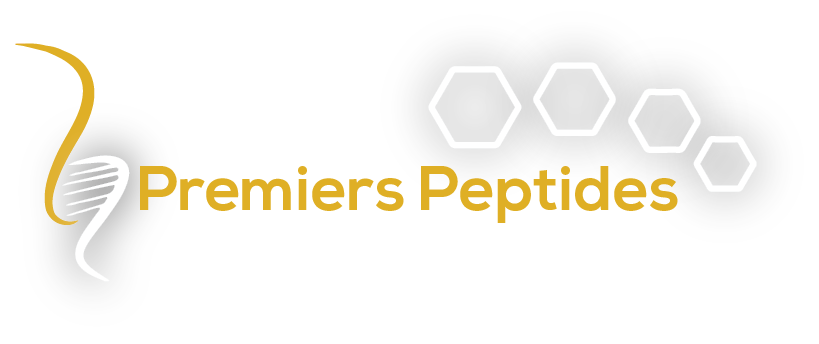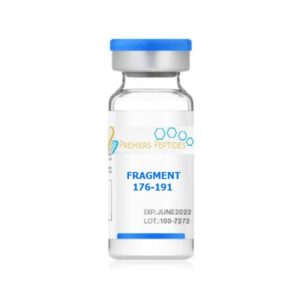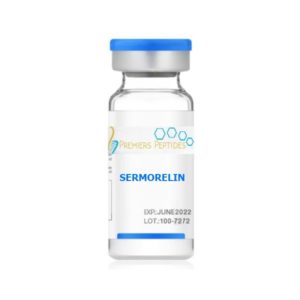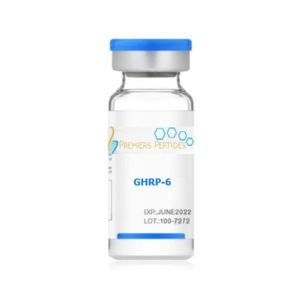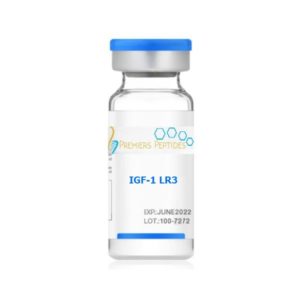Description
Buy Follistatin 344 Online
Also known as activin-binding protein is a protein that in humans is encoded by the FST gene.Follistatin is an autocrine glycoprotein that is expressed in nearly all tissues of higher animals. Buy Follistatin 344 Online
With the Follistatin 344,Its primary function is the binding and bioneutralization of members of the TGF-β superfamily, with a particular focus on activin, a paracrine hormone.
An earlier name for the same protein was FSH-suppressing protein (FSP). At the time of its initial isolation from follicular fluid, it was found to inhibit the anterior pituitary’s secretion of follicle-stimulating hormone (FSH).
Biochemistry
Follistatin 344 is part of the inhibin-activin-Follistatin 344 axis.
Currently there are three reported isoforms, FS-288, FS-300, and FS-315. Two, FS-288 and FS-315, are known to be created by alternative splicing of the primary mRNA transcript. FS-300 (porcine Follistatin 344) is thought to be the product of posttranslational modification via truncation of the C-terminal domain from the primary amino-acid chain.
Although FS is ubiquitous its highest concentration has been found to be in the female ovary, followed by the skin.
The activin-binding protein follistatin 344 is produced by folliculostellate (FS) cells of the anterior pituitary. FS cells make numerous contacts with the classical endocrine cells of the anterior pituitary including gonadotrophs.
In the tissues activin has a strong role in cellular proliferation, thereby making Follistatin 344 the safeguard against uncontrolled cellular proliferation and also allowing it to function as an instrument of cellular differentiation. Both of these roles are vital in tissue rebuilding and repair, and may account for Follistatin 344’s high presence in the skin.
In the blood, activin and Follistatin 344 are both known to be involved in the inflammatory response following tissue injury or pathogenic incursion. The source of Follistatin 344 in circulating blood plasma has yet to be determined, but due to its autocrine nature speculation suggests the endothelial cells lining all blood vessels, or the macrophages and monocytes also circulating within the whole blood, may be sources.
Follistatin 344 is involved in the development of the embryo. It has inhibitory action on bone morphogenic proteins (BMPs); BMPs induce the ectoderm to become epidermal ectoderm. Inhibition of BMPs allows neuroectoderm to arise from ectoderm, a process which eventually forms the neural plate. Other inhibitors involved in this process are noggin and chordin.
Follistatin 344 and BMPs are also known to play a role in folliculogenesis within the ovary. The main role of Follistatin 344 in the oestrus/menstrus ovary, so far, appears to be progression of the follicle from early antral to antral/dominant, and importantly the promotion of cellular differentiation of the estrogen producing granulosa cells (GC) of the dominant follicle into the progesterone producing large lutein cells (LLC) of the corpus luteum.
